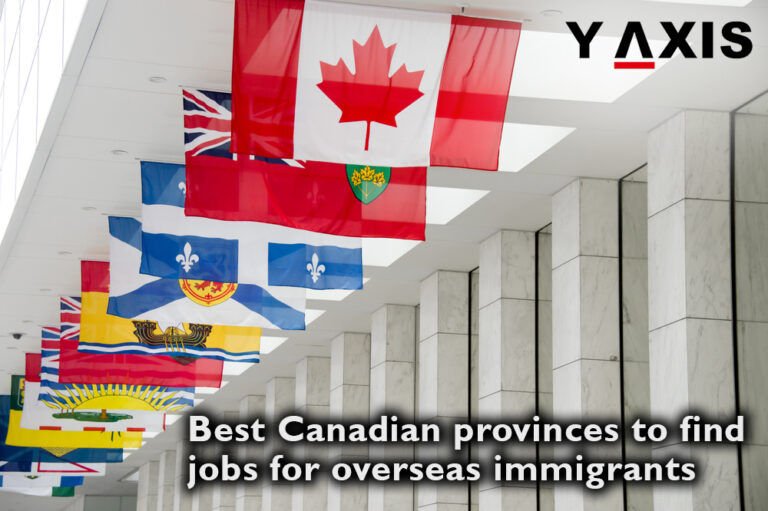How to Bring Your Family to Canada While Working on a Sponsored Visa
For many foreign workers, moving to Canada is not just about career advancement—it’s about building a better life for their families. Fortunately, Canada offers several pathways for sponsored workers to bring their spouses, children, and even extended family members to join them.
This guide explains how you can reunite with your loved ones while working in Canada on a sponsored visa, including eligibility, application steps, and tips for a smooth transition.
Who Can You Bring to Canada?
Under most work permit programs, you can apply to bring:
- Spouse or common-law partner
- Dependent children (under 22 years old, or older if financially dependent due to a disability)
- Other family members (in rare cases, such as humanitarian or sponsorship programs)
Spousal and Dependent Permits
Spousal Open Work Permit
If you’re working in Canada on a valid work permit, your spouse or partner may be eligible for an open work permit, allowing them to work for any employer.
Eligibility requirements:
- You must be working in a skilled occupation (TEER 0, 1, 2, or 3)
- Your permit must be valid for at least six months
- Proof of relationship is required
Study Permit for Children
Children can attend school in Canada if they have a valid study permit. In many cases, minor children accompanying a parent with a work permit are exempt from needing a study permit for elementary and secondary education.
Documents needed:
- Birth certificate or legal guardianship papers
- Proof of parent’s work permit and employment
- School enrollment letter (if available)
Application Process
- Include Family in Initial Application When applying for your work permit, you can include your spouse and children in the same application to streamline processing.
- Apply Separately if Needed If your family is joining you later, they can apply separately for their permits. Ensure your own status is valid and provide supporting documents.
- Prepare Supporting Documents
- Marriage certificate or proof of common-law relationship
- Birth certificates for children
- Passport copies and photos
- Proof of employment and accommodation in Canada
- Submit Online via IRCC Portal Applications can be submitted online. Processing times vary depending on country of origin and type of permit.
Healthcare and Benefits
Once in Canada, your family may be eligible for provincial healthcare coverage, depending on the province and duration of stay. Children can attend public schools, and spouses with work permits can access employment services.
Pathway to Permanent Residency
Bringing your family doesn’t just mean temporary reunification. Many sponsored workers eventually apply for permanent residency, and their family members can be included in the application.
Common PR pathways:
- Express Entry (with family included)
- Provincial Nominee Programs
- Family sponsorship after obtaining PR
Tips for a Smooth Transition
- Secure housing before your family arrives
- Research schools and childcare options
- Connect with local immigrant support organizations
- Prepare for cultural adjustment and integration
- Keep all documents organized and up to date
Final Thoughts
Canada’s immigration system is designed to support families. Whether you’re arriving alone or planning to reunite with loved ones, there are clear pathways to bring your spouse and children to join you. With careful planning and the right documentation, you can turn your Canadian work opportunity into a new beginning for your entire family.






